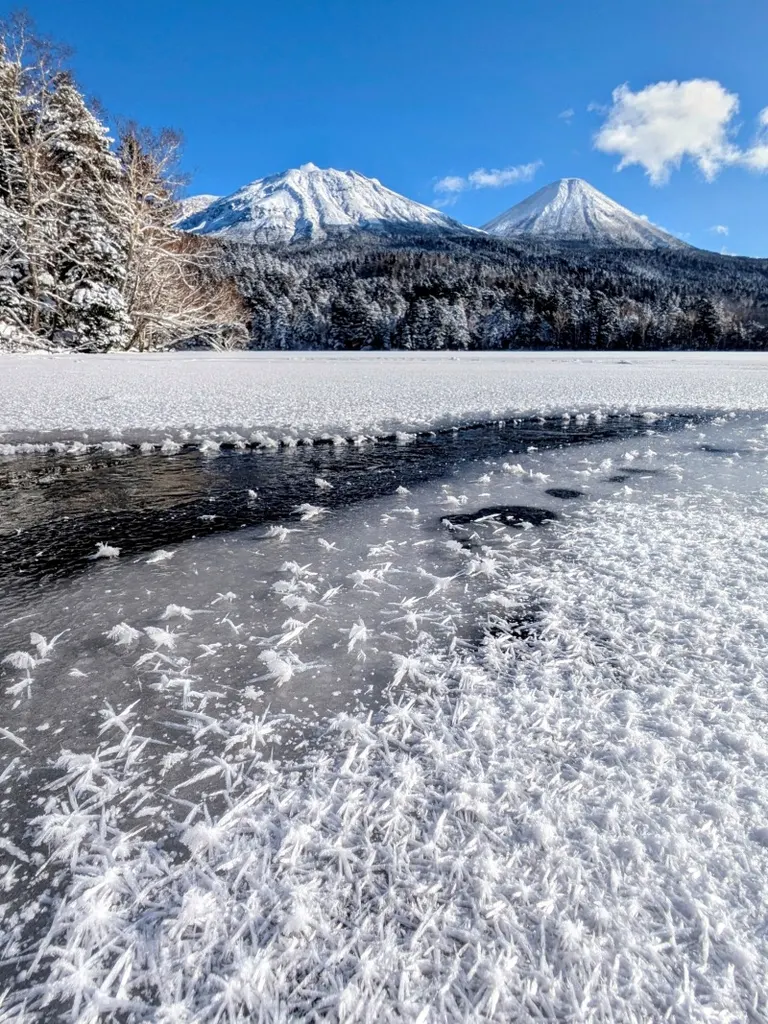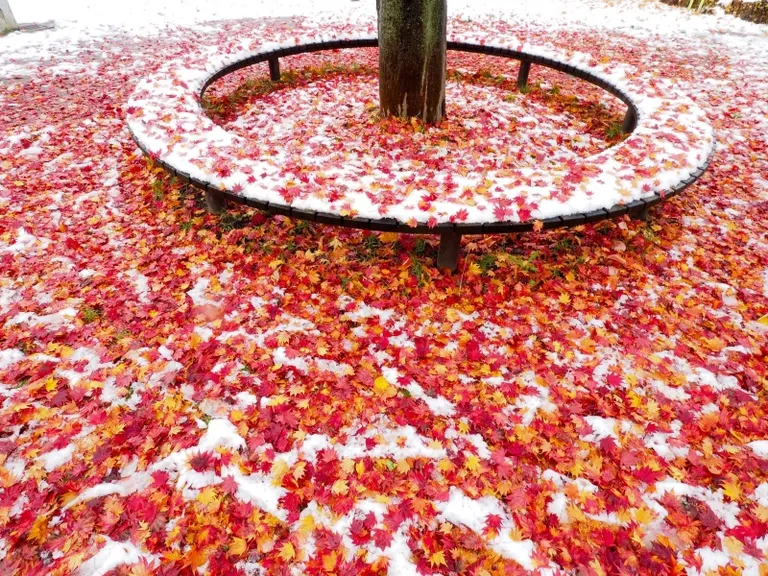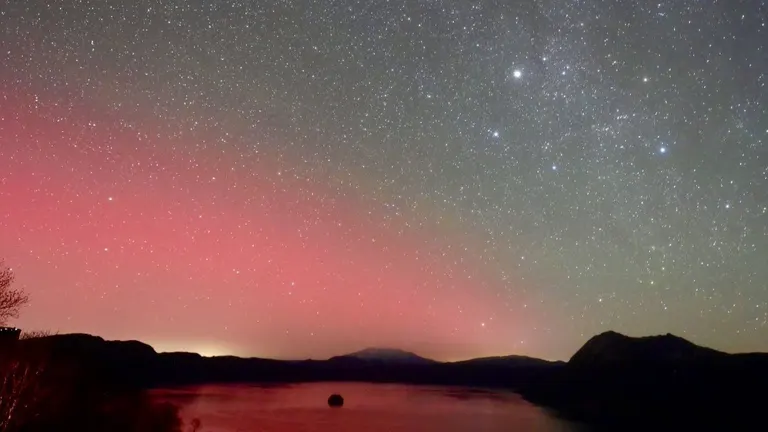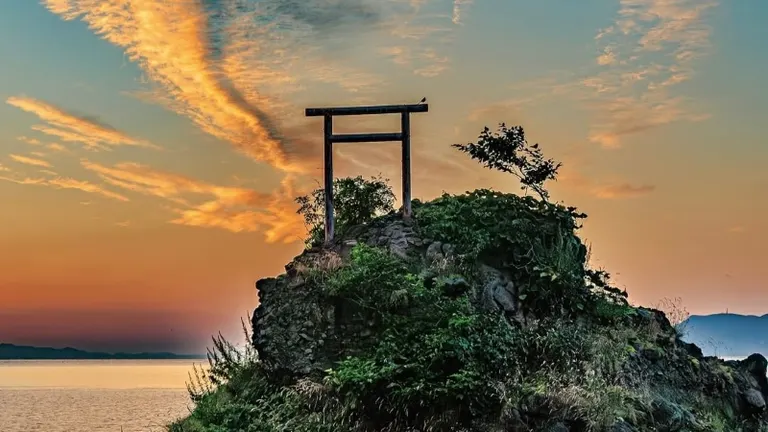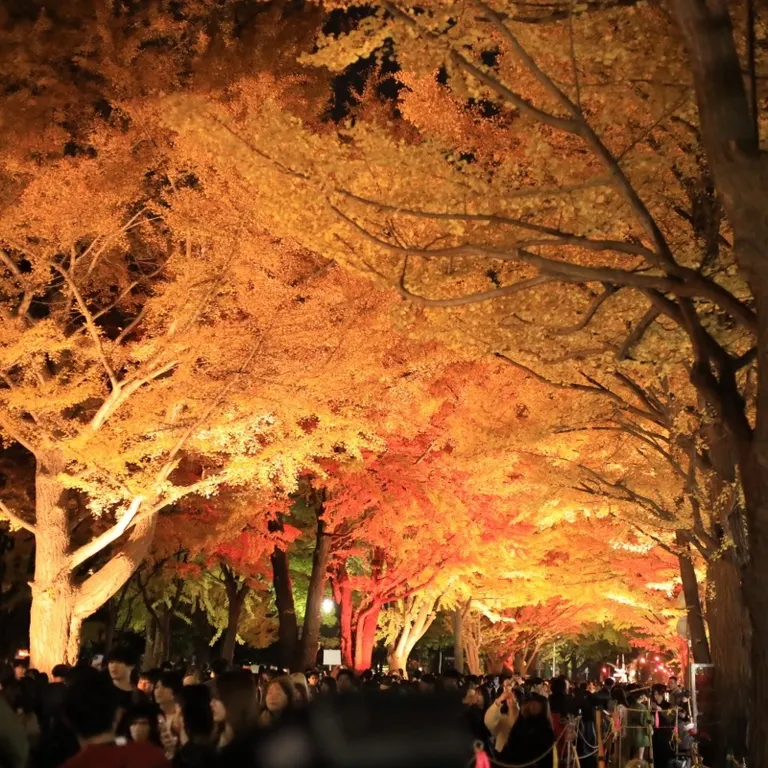![[2025 Update] Must-see for riders! 17 breathtaking roads to ride on while touring Hokkaido|Domingo](https://p1-634a4370.imageflux.jp/w=768,f=webp:auto,q=78/https%3A%2F%2Fdomingo.ne.jp%2Fwp%2Fwp-content%2Fuploads%2F2023%2F06%2Fd2065272e22992e8a20b1261588102de.jpg)
ARTICLES
[2025 Update] Must-see for riders! 17 breathtaking roads to ride on while touring Hokkaido
Hokkaido is full of dynamic roads that are perfect for touring and driving, allowing you to experience the great outdoors and magnificent scenery. Here are 15 of Hokkaido's most scenic roads that we recommend for touring season!
- The Sea of Japan Ororon Line leads to the northernmost point of Cape Soya
- The "White Road" in the Soya Hills offers a panoramic view of the contrasts of nature
- The Esanuka Line, a straight line across the pasture towards the horizon
- Experience the World Heritage Site "Shiretoko Cross-Island Road"
- Notsuke Peninsula, Japan's largest sandbar
- Milk Road is a straight road that runs through a peaceful dairy farming area
- The North Pacific Seaside Line, heading for Cape Nosappu along the spectacular coastline
- "Roller Coaster Road" - a straight road with many ups and downs
- Mikuni Toge Matsumi Bridge: A bridge in the sky that stands in the sea of trees, past rows of white birch trees
- Naitai Highland Ranch offers a panoramic view of the Tokachi Plain
- The most spectacular view in the world: Bihoro Pass
- Be moved by the road that stretches into the distance! "The Road to Heaven"
- Niseko Panorama Line: Enjoy the natural scenery of the four seasons
- Aikawa Viewpoint Parking, a mountain road overlooking Mt. Yotei
- Beyond the deep green, the blue spreads out at Lake Shikotsu Sky Road
- The Shakotan Peninsula Blue Line: A beautiful coastal route with spectacular views
- Akan Crossing Road: Experience the majesty of nature
1. The Sea of Japan Ororon Line leads to the northernmost point of Cape Soya

This is the name of the route that runs north and south along the coast from Otaru City to Wakkanai along the Sea of Japan. In particular, Hokkaido Route 106, which extends north from Teshio Town, passes through the Otonrui Wind Farm, with its impressive row of windmills, and continues in a straight line through the Sarobetsu Plain, which is free of man-made objects. On a clear day, you can see Rishiri Fuji across the sea, and passing through here to head to the northernmost point of Cape Soya is a popular route for driving and touring. Wakkanai, where Cape Soya is located, also has other scenic roads such as the "Soya Hills" and the "White Road."

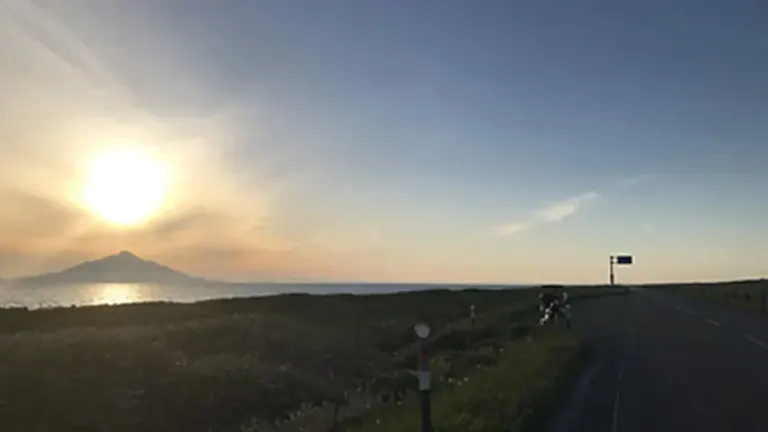
■ Reference distance (without using toll roads) ・Tomakomai East Port to Teshio Town: approx. 287 km ・Teshio Town to Cape Soya (via Route 106) approx. 93km
See details of the "Sea of Japan Ororon Line" on Domingo
2. Soya Hills' "White Road" - Enjoy the Panoramic Contrast of Nature
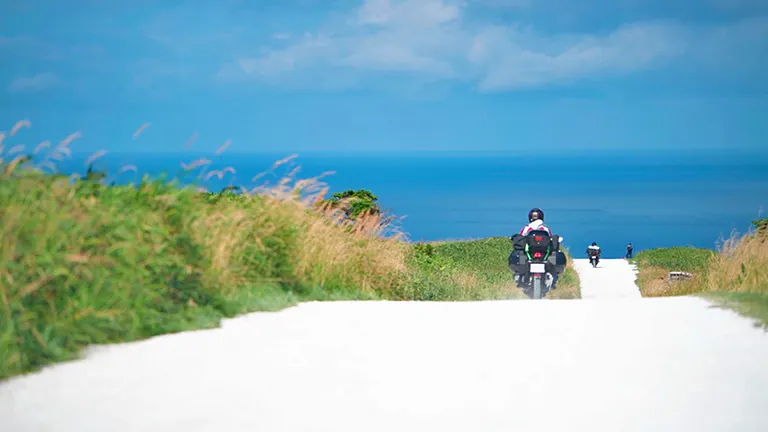
The Soya Hills, which stretch out behind Cape Soya, the northernmost point of Japan, are a periglacial landform that is a remnant of the Ice Age and are registered as a Hokkaido Heritage Site. The "White Road" in the Soya Hills is located at the finish line of the footpath course and is a popular photo spot. Beyond the panoramic ridgeline, a group of windmills spreads out, and the "white road" made of crushed scallop shells offers a spectacular view of the beautiful contrast between the sky and the sea.

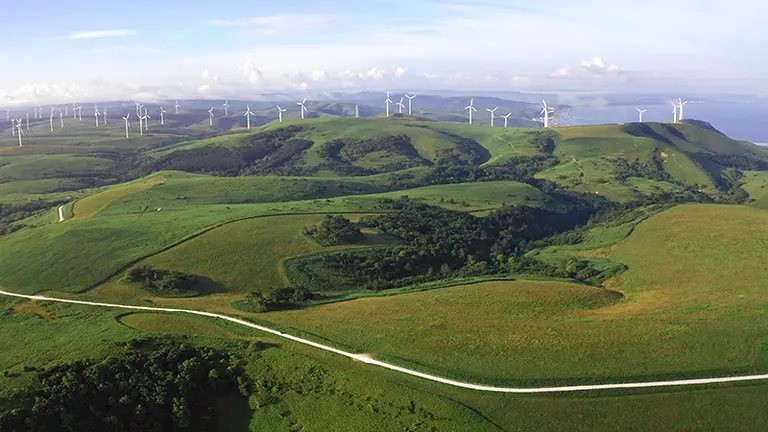
■ Reference distance (without using toll roads) ・Tomakomai East Port to Soya Hills "White Road" approx. 373km ・Wakkanai City to Soya Hills "White Road" approx. 25km
See details of "White Road" on Domingo
3. The Esanuka Line: A straight line across the pasture towards the horizon
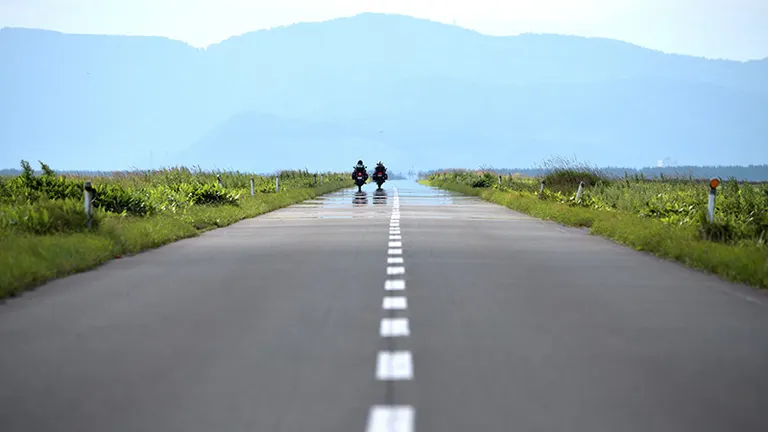
Head south on National Route 238 for about 18km from Sarufutsu Park, a roadside station in Sarufutsu Village, famous for its scallops, and turn onto the village road on the Sea of Okhotsk side. There are no telephone poles, guardrails, or even buildings here, and you can ride straight through the grasslands towards the horizon - a road that riders dream of. For about 16km, the only thing you can see apart from the road you are riding on is the sky and the horizon. Be sure to experience the exhilaration of riding through this open landscape.

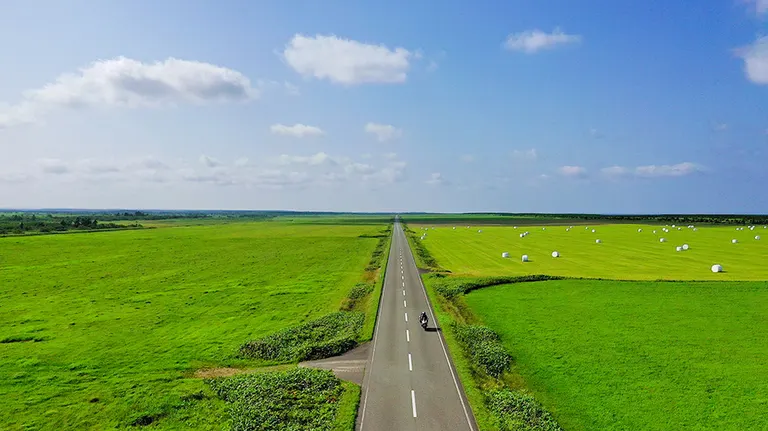
■ Reference distance (without using toll roads) ・Tomakomai East Port - Esanuka Line approx. 363km ・Cape Soya to Esanuka Line: approx. 46 km
See details of the "Esanuka Line" on Domingo
4. Experience the World Heritage Site "Shiretoko Cross-Island Road"
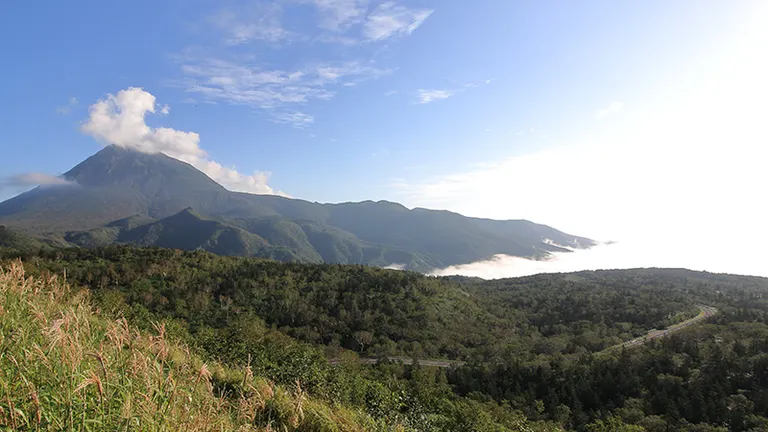
This mountain pass road connects Shari Town and Rausu Town in Shiretoko, a World Heritage Site, and the dynamic view of nature from the top of Shiretoko Pass is breathtaking. The Shiretoko Crossing Road is closed to traffic in the winter from November to late April each year, so the period during which it can be driven is short, but it is one of the places you should travel at least once as it allows you to experience the nature of Shiretoko.

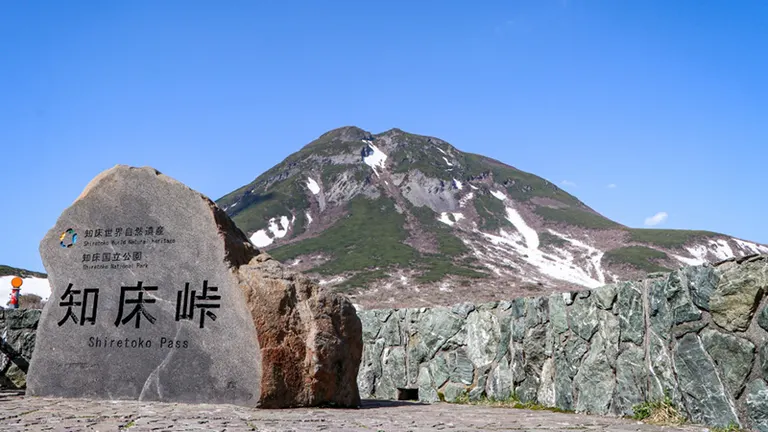
■ Reference distance (without using toll roads) ・Tomakomai East Port to Shiretoko Pass: approx. 437km ・Esanuka Line to Shiretoko Pass: approx. 341 km
See details of "Shiretoko Pass" on Domingo
5. Notsuke Peninsula, Japan's largest sandbar
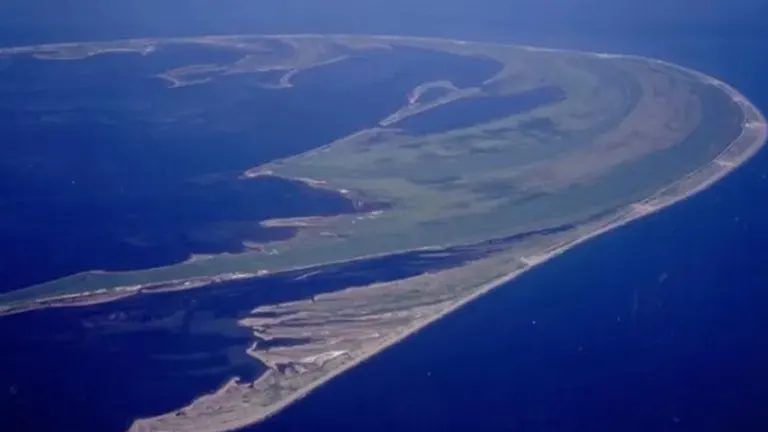
A sand spit is a landform formed by the accumulation of sand carried by ocean currents over many years, and the Notsuke Peninsula is famous for being the largest sand spit in Japan. A single road runs from the base of the peninsula to the tip where the Nature Center is located, with the sea on both sides. The desolate landscape, including "Narawara" where dead Mongolian oak trees remain and "Todowara" where dead Sakhalin fir trees remain, is worth seeing. In recent years, environmental changes and land subsidence have caused sand to wash away, narrowing the road, and there are concerns that the peninsula itself may disappear, so this may become a valuable road.

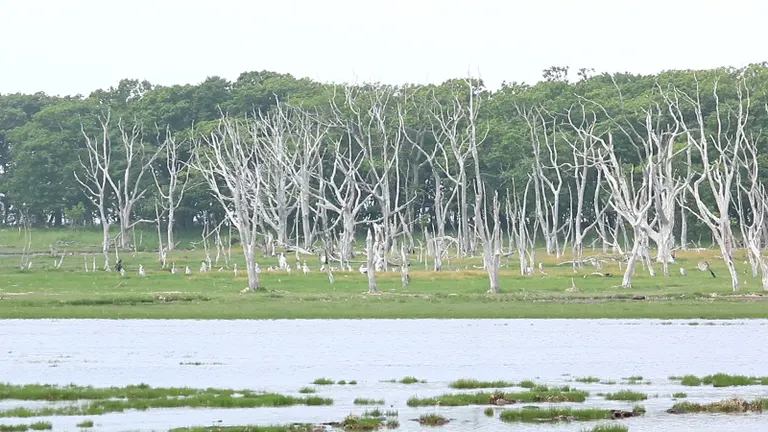
■ Reference distance (without using toll roads) ・Tomakomai East Port to Notsuke Peninsula: approx. 402 km ・Shiretoko Pass to Notsuke Peninsula: approx. 82km
See details of "Notsuke Peninsula" on Domingo
6. Milk Road: A straight road that runs through a peaceful dairy farming area
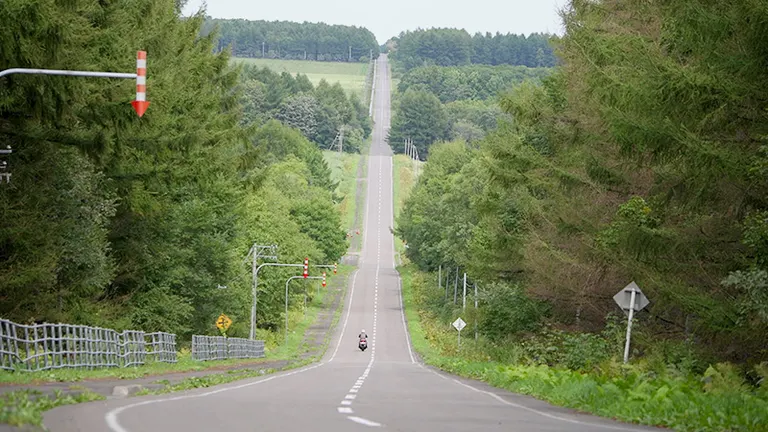
Kaiyodai, a landmark in Nakashibetsu town in eastern Hokkaido, is also popular with touring riders, offering panoramic views from an altitude of 270m. The straight road that runs from the base of the hill through the dairy farming area is known as the Milk Road. Named after the straight road along which tanker trucks shipping milk run, this road passes through a lattice-shaped windbreak forest, a designated Hokkaido Heritage Site, and offers a relaxing view. Autumn, when the larch trees in the windbreak forest change color, is also recommended.

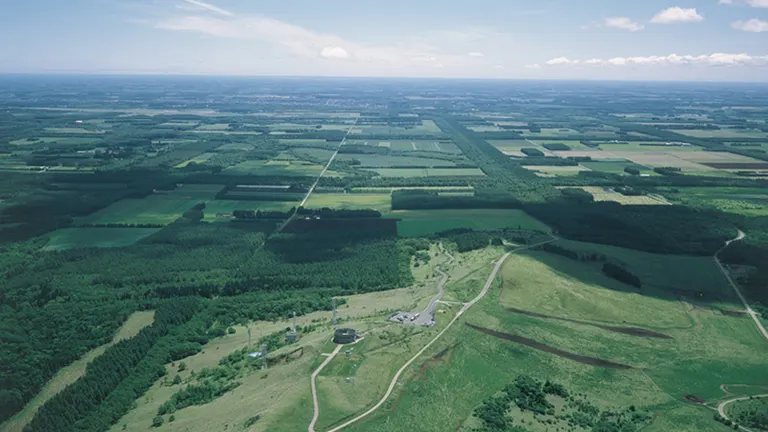
■ Reference distance (without using toll roads) ・Tomakomai East Port to Kaiyodai Observatory: approx. 363km ・Notsuke Peninsula to Kaiyodai Observatory, approximately 47km
See details of "Milk Road (Kaiyodai)" on Domingo
7. The North Pacific Seaside Line: Heading for Cape Nosappu along the spectacular coastline
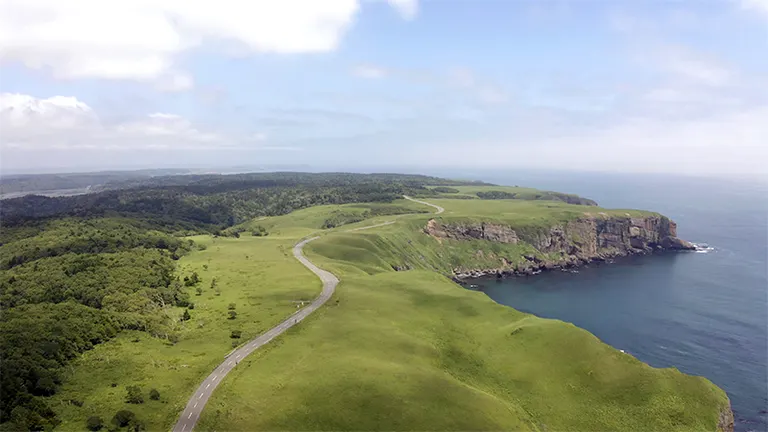
This coastal road stretches from Hiroo Town in Tokachi to Cape Nosappu in Nemuro City, with a total length of approximately 321 km. The section from Kushiro Town to Akkeshi Town, passing through Hamanaka Town and heading towards Nemuro, is known as the "Cape and Flower Mist Road," and is particularly attractive for its dramatic cliffs and marshland scenery. There are parking areas set up along the way, so you can enjoy the scenery at your leisure, and the natural scenery is so appealing that you'll never get bored even while driving.

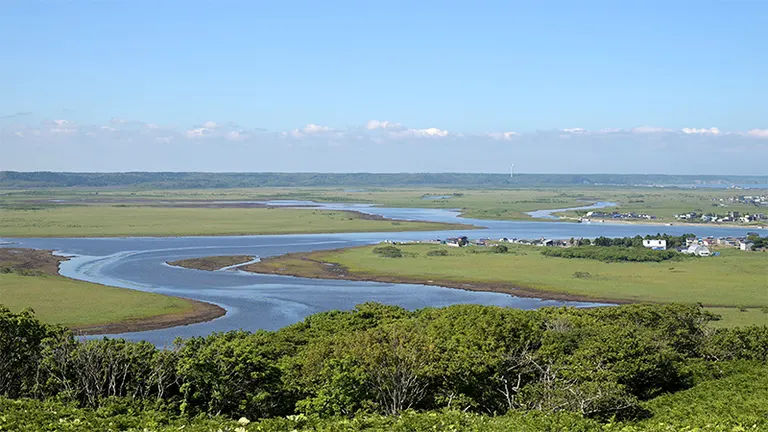
■ Reference distance (without using toll roads) ・Tomakomai East Port to Cape Nosappu: approx. 436 km ・Kushiro Town to Cape Nosappu: approx. 137km
See details of the "North Pacific Seaside Line" on Domingo
8. Roller Coaster Road: A straight road with many ups and downs
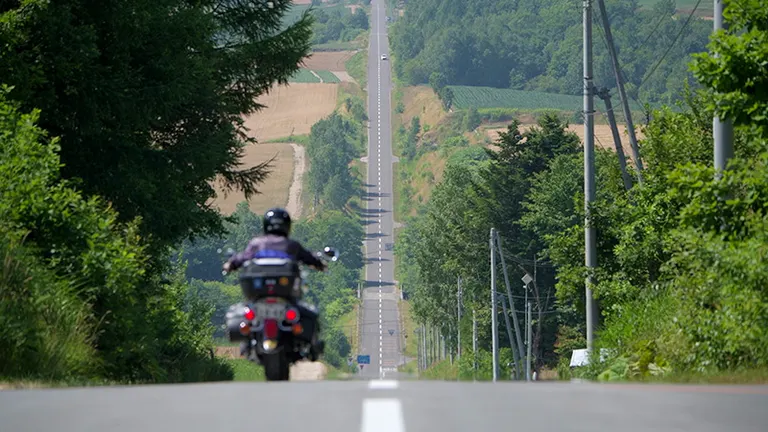
This famous spot has been selected as one of Kamifurano Town's "Eight Views of Kamifurano," and is the name of Town Road West 11, which turns off from National Route 237, which connects Biei Town and Kamifurano Town. The undulating ups and downs make it truly worthy of being called a roller coaster, and you can enjoy the magnificent scenery typical of Hokkaido while looking out at the majestic mountain range of the Tokachi Mountain Range.

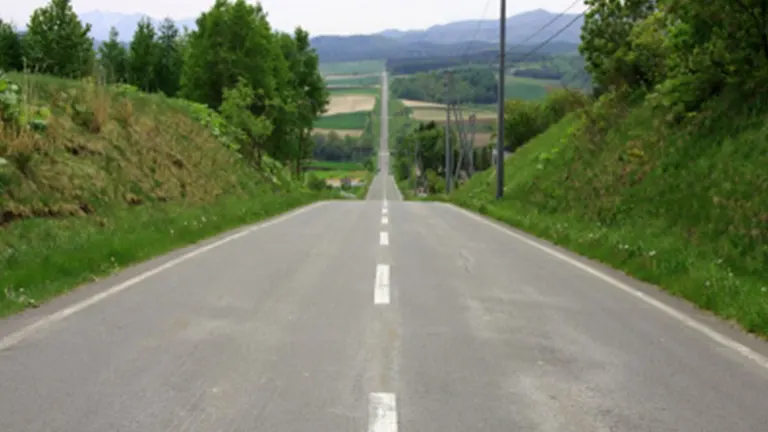
■ Reference distance (without using toll roads) ・Tomakomai East Port - Roller Coaster Road approx. 165km ・Sapporo City to Roller Coaster Road: approx. 137km
See details of "Roller Coaster Road" on Domingo
9. Mikuni Toge Matsumi Bridge: A bridge in the sky above a sea of white birch trees
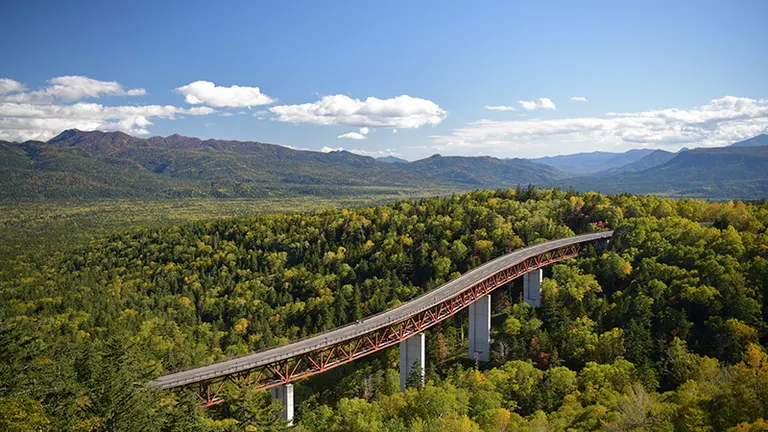
Traveling along National Route 273, which connects Kamishihoro Town to Kamikawa Town, you can see the concrete arch bridges of the former JNR Shihoro Line and the Taushubetsu River Bridge, known as the "phantom bridge." After passing the site of Mimata Station, the terminus of the former JNR Shihoro Line, the road continues along a refreshing row of birch trees, then gradually winds through virgin forest, heading towards Mikuni Pass, the highest pass on a national highway in Hokkaido. The spectacular view of the vast expanse of trees visible from near the top of the pass and the Matsumi Bridge standing there will leave you in awe.

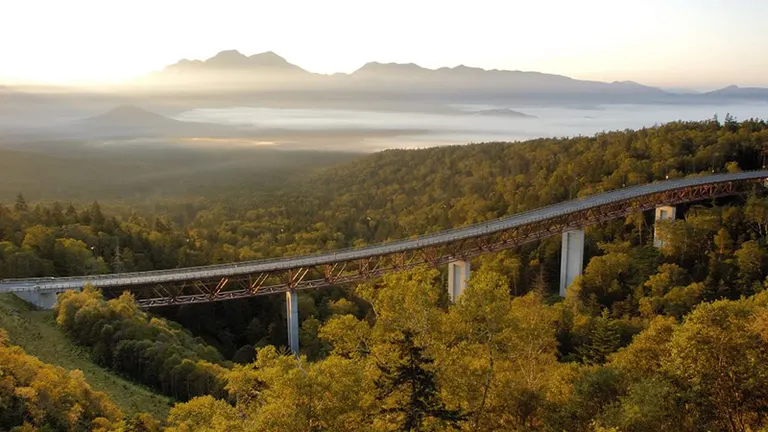
■ Reference distance (without using toll roads) ・Tomakomai East Port to Mikuni Pass: approx. 234km ・Kamishihoro Town to Mikuni Pass: approx. 54km
See details of "Mikuni Pass Matsumi Bridge" on Domingo
10. Naitai Highland Ranch: Overlooking the Tokachi Plain
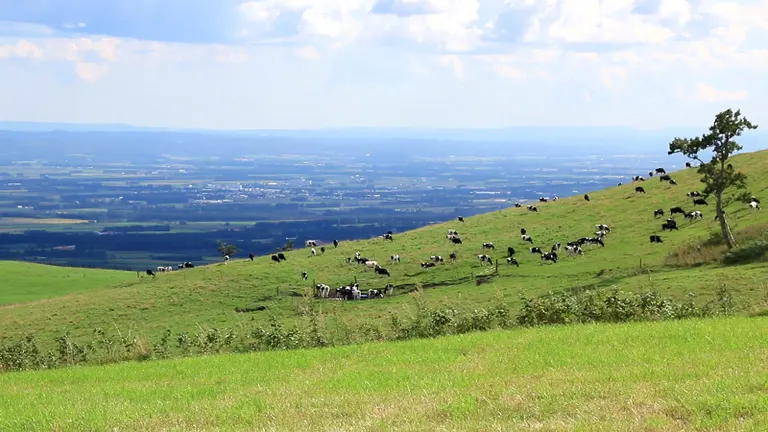
Located about 10km from the town of Kamishihoro on Route 806, Naitai Highland Ranch is the largest public ranch in Japan, with a total area of approximately 1,700ha (the equivalent of 358 Tokyo Domes). Vast pastures stretch out on both sides of the undulating road that stretches from the ranch entrance to the summit, and the sight of herds of cows leisurely walking across the grass is soothing. Near the peak is Naitai Terrace, where you can enjoy a view of the ranch and the patchwork of fields that stretch across the Tokachi Plain.

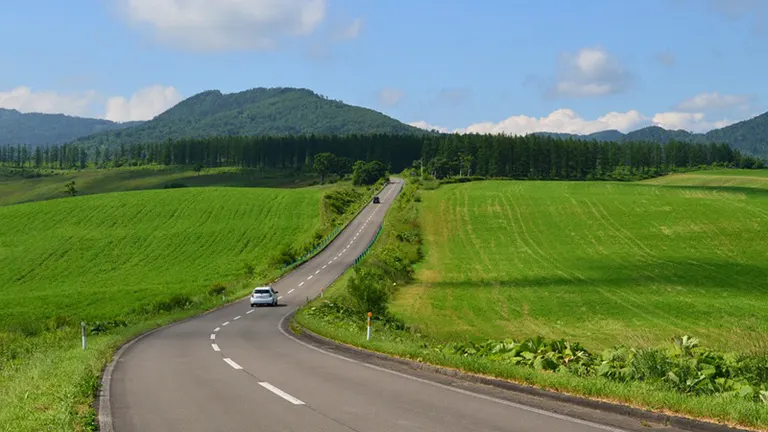
■ Reference distance (without using toll roads) ・Tomakomai East Port to Naitai Highland Farm: approx. 198km ・Kamishihoro Town to Naitai Plateau Farm, approximately 10km
See details of "Naitai Plateau Ranch" on Domingo
11. The most spectacular view in the world: Bihoro Pass

This pass is located on the border between Bihoro and Teshikaga towns on National Route 243, and the view from the observation deck is so beautiful that it has been called "the most beautiful view in the world." Not only can you get a panoramic view of Lake Kussharo, Japan's largest caldera lake, but you can also see Mount Iou and the Shiretoko Federation. There is also a roadside station called "Gurutto Panorama Bihoro Pass," which is a great place to take a break and enjoy the scenery.

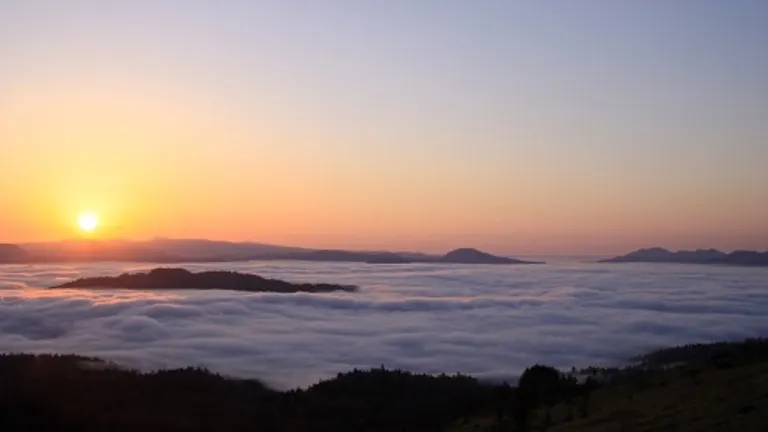
■ Reference distance (without using toll roads) ・Tomakomai East Port to Bihoro Pass: approx. 338 km ・Bihoro Town to Bihoro Pass: approx. 26km
See details of "Bihoro Pass" on Domingo
12. Be moved by the road that stretches into the distance! "The Road to Heaven"
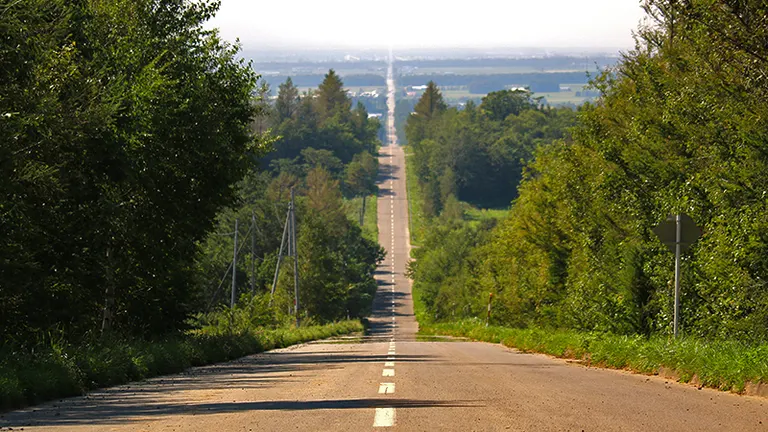
This scenic road was named after the fact that the endless straight road appears to stretch all the way to the heavens. If you want to enjoy this road with a spectacle that suddenly appears before your eyes, we recommend taking National Route 334 from Utoro towards Shari and turning left at Minehama. If you time your visit around the spring or autumn equinox, you may be able to see the sun setting at the end of the road, a truly moving moment that feels like a "road to heaven."

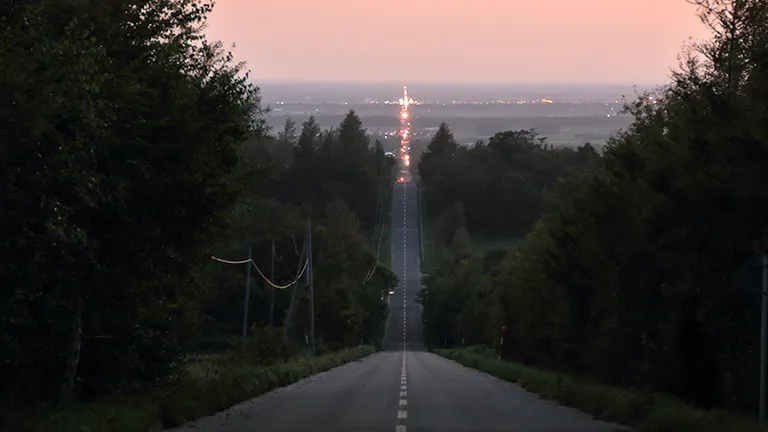
■ Reference distance (without using toll roads) ・Tomakomai East Port - Road to Heaven approx. 387km ・Shari Town - Road to Heaven approx. 11km
See details of "The Road to Heaven" on Domingo
13. Niseko Panorama Line: Enjoy the seasonal scenery of nature
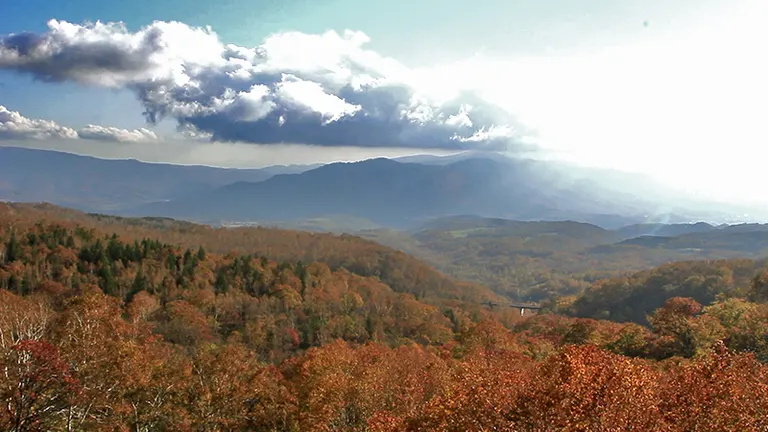
The section of Route 66 that connects Niseko Town and Iwanai Town is called the "Niseko Panorama Line," and is a popular winding road that has been selected as one of the "100 Famous Roads of Japan" for its continuous dynamic scenery. In addition to the magnificent views of Mt. Yotei and the Niseko mountain range, you can also see the Sea of Japan, so it's refreshing to ride through the magnificent scenery! It's also a good idea to take a break and explore the nearby Shinsen Marsh. Summer, when the area is lush with greenery, is also recommended, but autumn, when you can run through the golden foliage, is the most recommended.


■ Reference distance (without using toll roads) ・Tomakomai East Port to Niseko Panorama Line approx. 129km ・Niseko Town to Niseko Panorama Line: approx. 4km
See details of "Niseko Panorama Line" on Domingo
14. Aikawa Viewpoint Parking, a "mountain road" overlooking Mt. Yotei
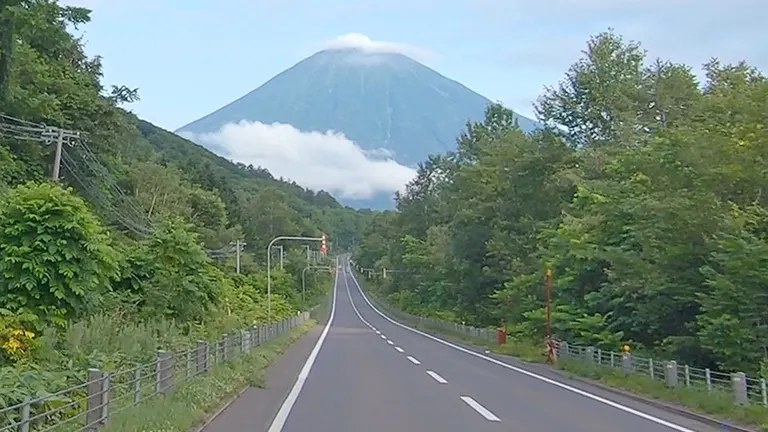
"Yamaate roads" are a road design technique in which roads are laid out in a straight line toward the mountains. In Hokkaido, the "Yamaate" of Mt. Yotei, which appears at the end of National Route 276 from Kimobetsu Town, is incredibly beautiful and dynamic! The Aikawa Viewpoint Parking is located along this national highway, so you can take a break and enjoy the scenery while driving. Mount Yotei, affectionately known as "Ezo Fuji" due to its beautiful resemblance to Mount Fuji, comes closer as you drive, creating an overwhelming view.


■ Reference distance (without using toll roads) ・Tomakomai East Port to Aikawa View Point Parking, approximately 102 km ・Kimobetsucho to Aikawa Viewpoint Parking, approximately 2.5km
See details of "Aikawa Viewpoint Parking" on Domingo
15. Lake Shikotsu Sky Road: A blue sky stretches out beyond the deep green
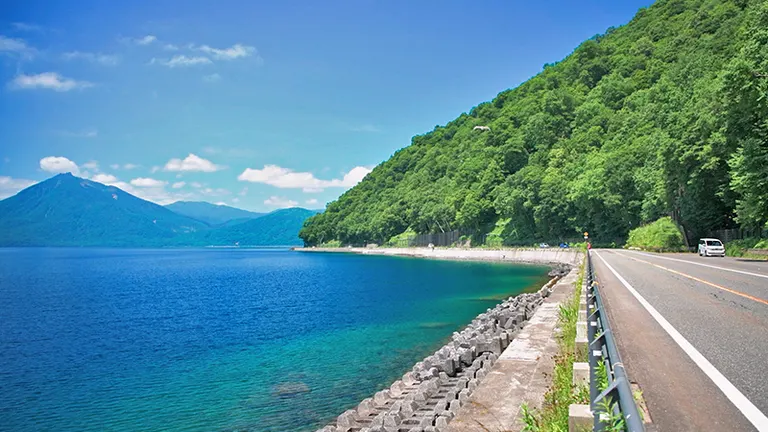
Route 16, which runs from Chitose City to Lake Shikotsu, is called the Lake Shikotsu Sky Road and is a single road that runs through a beautiful forest of larch and birch trees. Feel the freshness of the forest as you pass through the deep greenery and you will be greeted by Lake Shikotsu, one of the clearest lakes in Japan. You will surely be captivated by the mysterious blue glow of Lake Shikotsu.

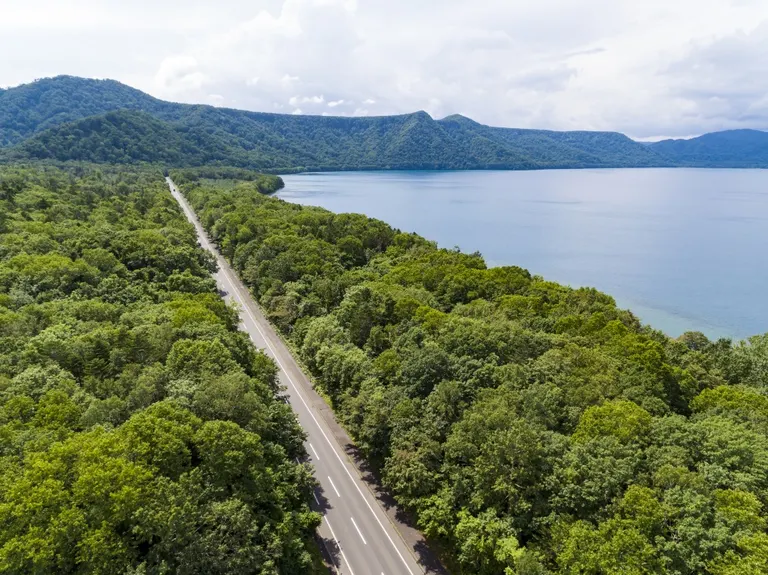
■ Reference distance (without using toll roads) ・Tomakomai East Port to Lake Shikotsu (via Route 16) approx. 70km ・Chitose City to Lake Shikotsu (via Route 16) approx. 36km
See details of "Lake Shikotsu Sky Road" on Domingo
16. Shakotan Peninsula Blue Line: A beautiful coastal route with spectacular views
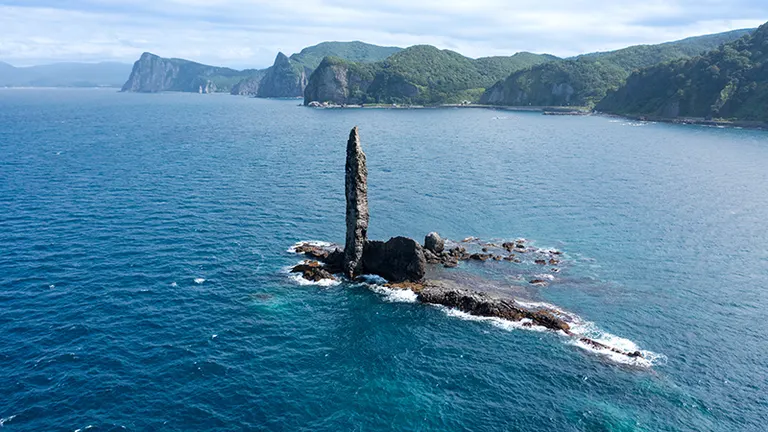
The Sea of Japan Oiwake Soran Line runs from Hakodate City to Otaru City on the Sea of Japan side. The section of the route that connects Yoichi Town and Iwanai Town is nicknamed the Shakotan Peninsula Blue Line because of its beautiful scenery. The section from Yoichi Town to Shakotan Town is called the "Setakamui Line," and the section from Shakotan Town to Iwanai Town is called the "Kabuto Line," and the two routes together are collectively called the "Shakotan Peninsula Blue Line." This route runs along the coastline of the Shakotan Peninsula, and offers a feast for the eyes with the beautiful blue of the sea known as "Shakotan Blue" and the dynamic scenery of strange rock formations and cliffs, including the Candle Rock. There are many scenic spots along the way, such as Cape Kamui, Cape Ogon, and Shimamui Coast, so it's recommended to stop by. Don't forget to try the local specialty, wild sea urchin!

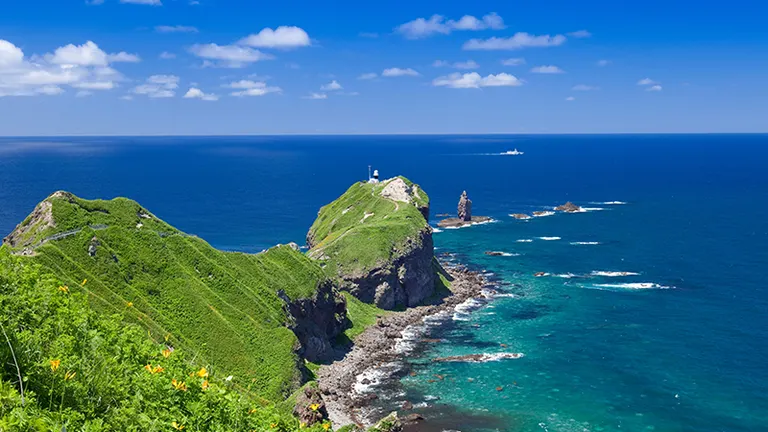
■ Reference distance (without using toll roads) ・Tomakomai East Port to Yoichi Town: approx. 155km ・Yoichi Town to Cape Kamui, approximately 48km
See details of "Kamui Cape" on Domingo
17. Experience the majesty of nature on the Akan Crossing Road
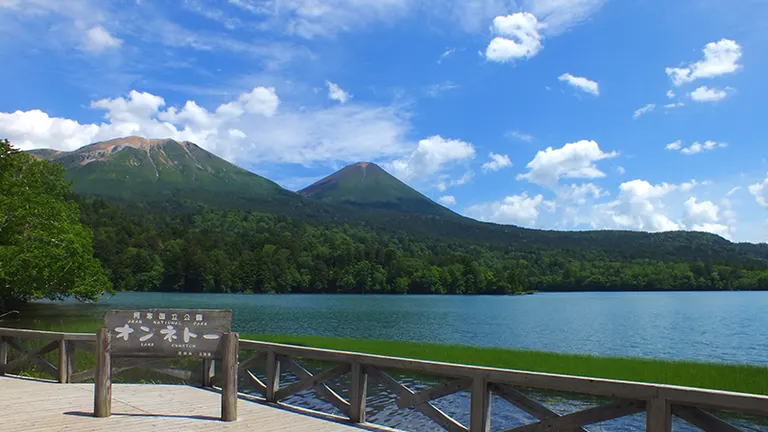
This is the main tourist route in eastern Hokkaido, connecting Ashoro Town and Teshikaga Town from east to west, and is lined with idyllic farmland scenery and refreshing forest roads. Along the route, you can enjoy the magnificent views of Lake Akan, famous as a habitat for marimo (moss balls), the mysterious Lake Onneto, which shows different faces depending on the season and weather, and Mount Meakan and Mount Oakan. There are many wild animals along this route, so please drive with caution.

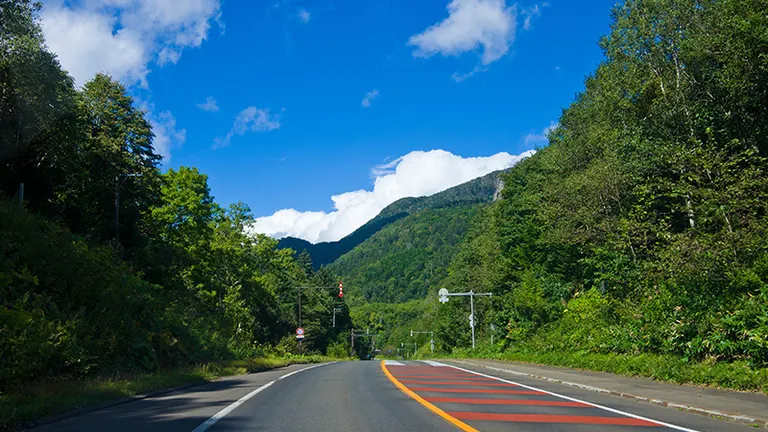
■ Reference distance (without using toll roads) ・Tomakomai East Port to Lake Akan: approx. 278 km ・Ashoro Town to Teshikaga Town: approx. 94 km
See details of "Akan Crossing Road" on Domingo
*All information published is current as of May 2025. *All published information may be subject to change, so please check the official website for details.






